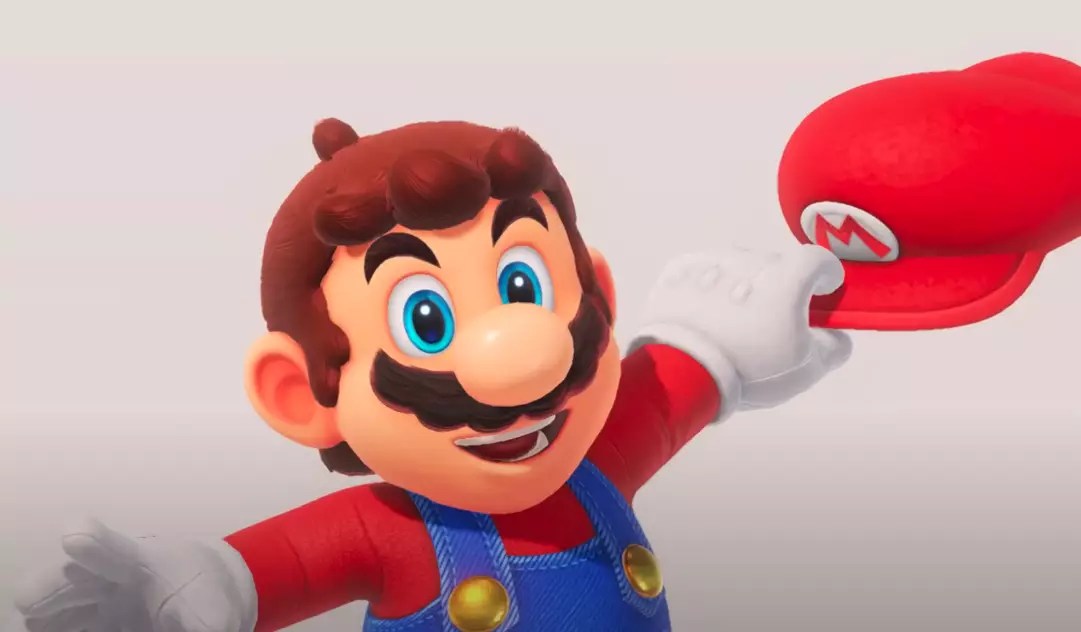The Mario franchise is a cornerstone of the gaming world, captivating generations of players since its inception. While many elements of the franchise are iconic, few are as quintessentially associated with Mario as the green pipes that serve as portals within the game. A recently uncovered interview from 2000 with the franchise’s revered creator, Shigeru Miyamoto, sheds light on the surprisingly simple yet profound inspiration behind these iconic structures.
In a candid discussion with Game Maestro, Miyamoto revealed that the concept of the pipes didn’t originate until after Mario was already established as a plumber. During a walk through the streets of Kyoto, a mundane scene—a plastic pipe protruding from a wall—struck him as a solution to a design challenge he faced. This moment of serendipity showcases how even the most extraordinary ideas can emerge from the ordinary details of everyday life. Miyamoto’s experience is a powerful reminder that innovation often arises from unanticipated sources.
The practical necessity of having a mechanism for enemies to reappear after being knocked off-screen further fueled the realization that pipes could serve as conduits that transported characters across the game’s levels. This idea quickly evolved; what began as a mere practical solution transformed into a defining feature of the gameplay experience. Miyamoto notes, “Due to the way the screens worked, enemies that went to the bottom had to reappear at the top.” This technical limitation became a generator of creativity, leading to the birth of the warp pipe concept.
Miyamoto didn’t stop at just the mechanics of the pipes. In the same interview, he expressed how the underground landscapes of the Mario universe drew upon his imagination. He envisioned a world akin to New York, characterized by an extensive network of underground tunnels—perfect for housing creatures like turtles, crabs, and flies, which eventually became adversaries in the game. This imaginative leap, despite Miyamoto’s unfamiliarity with New York at the time, hints at the layering of urban culture and environmental storytelling that enriches the Mario games.
This setting not only justified the presence of the pipes but also connected Mario to a broader narrative world that felt relatable, anchored in recognizable elements like urban underground structures. The juxtaposition of vibrantplatforms and foreboding subterranean elements contributes to the franchise’s charm and depth, allowing players to traverse between the whimsical and the grounded.
One might wonder why these pipes are commonly depicted in green rather than other vibrant colors that might suit the exuberant world of Mario better. The rationale behind the color choice, as articulated by Miyamoto, was practical as well as aesthetic. He explained that limitations in available colors during the early gaming era significantly influenced design decisions. Among the options at his disposal, green struck a balance between visibility and harmony with the surrounding environment, illustrating the creative compromises that define video game design.
Miyamoto’s acknowledgment of the visual capabilities of the time underscores how technology can shape artistic expression. His ability to navigate these limitations with ingenuity—using different tones of green to add depth and interest—illustrates a key aspect of game design: constraints often spur originality.
While Nintendo has yet to announce new Mario titles, there are rumors swirling that a new game is on the horizon, likely accompanying the launch of the anticipated Switch 2. Given the legacy of the franchise, it is reasonable to expect that these upcoming games will continue to honor the rich history of the series while expanding the world of Mario, exploring new narratives, and potentially introducing new mechanics that play with established elements like the iconic pipes.
In a world increasingly driven by digital narratives, Miyamoto’s reflections serve as a reminder of the creative power derived from everyday observations. The transformation of a simple plastic pipe into one of the most recognizable symbols in gaming history is emblematic of how imagination, grounded in reality, can lead to innovations that endure long beyond their original context. As players eagerly await the next chapter in Mario’s adventures, the legacy of the pipes reminds us that the most enduring creations often stem from the most unassuming inspirations.


Leave a Reply